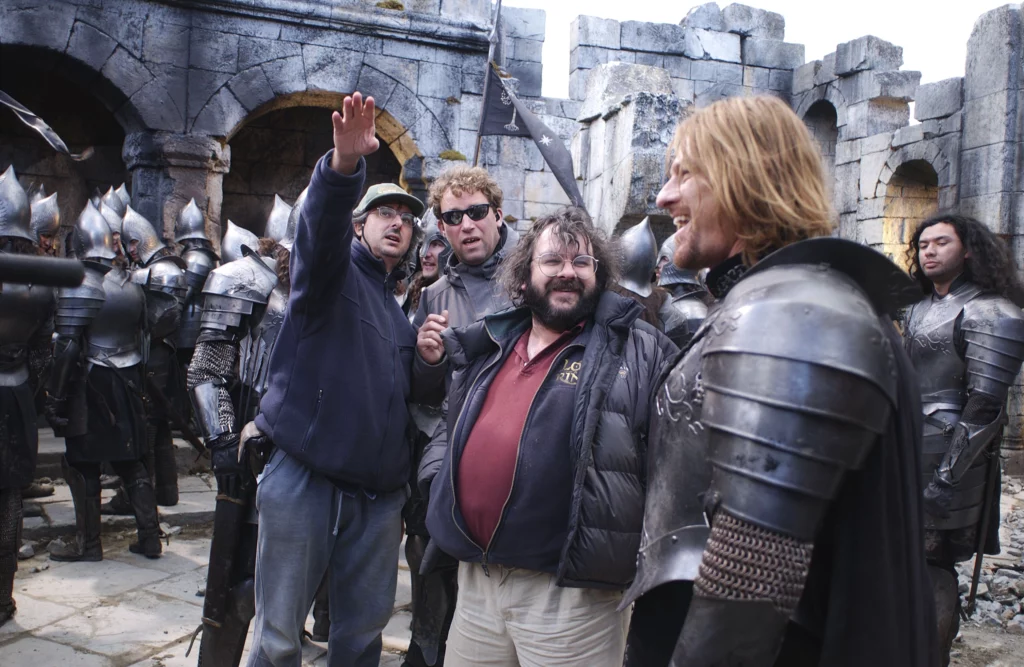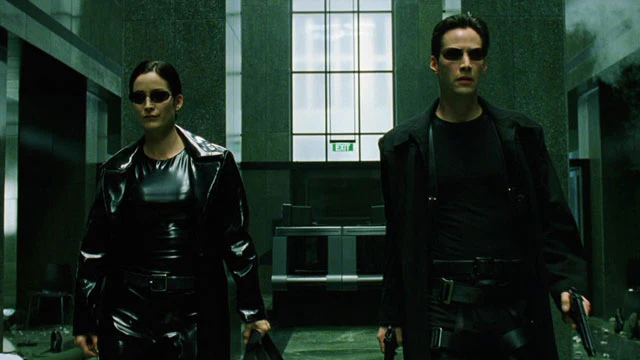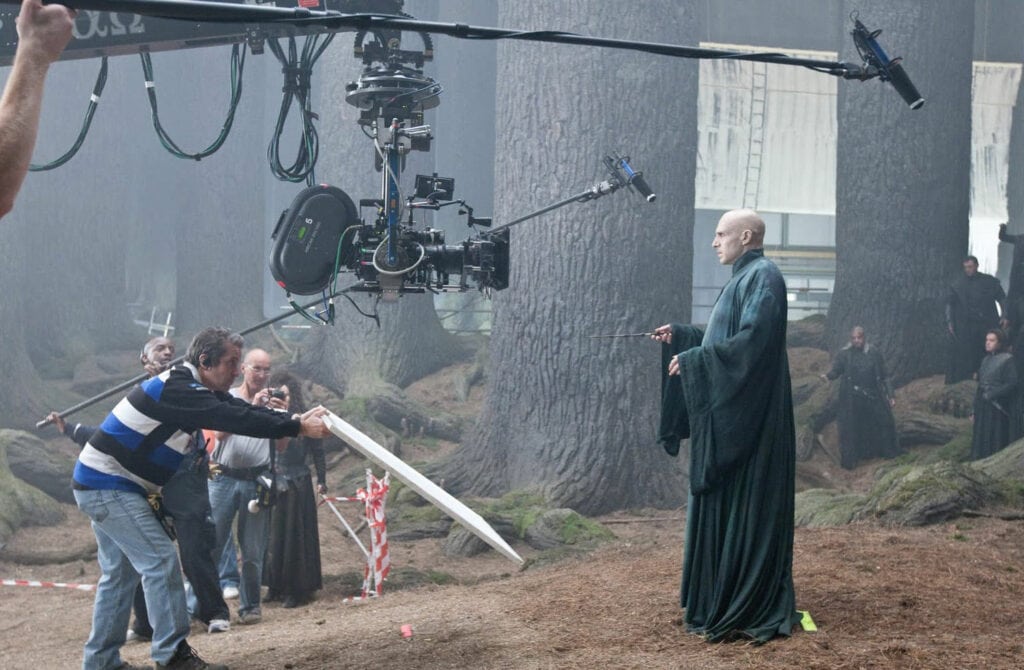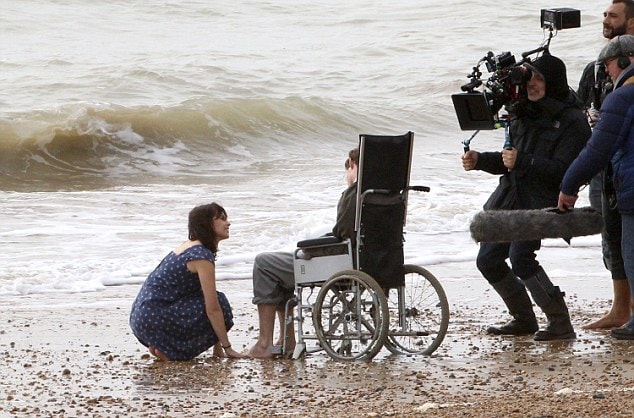Peter Doyle is an innovative and pioneering colorist, currently at Post Works in New York, renowned for his creative and original approaches to color grading that has played a part in changing the industry itself. His career spans iconic and much loved franchises to award winning blockbuster films like Harry Potter, The Lord of the Rings, The Gentleman, Fantastic Beasts, Paddington, The Hobbit, The Tragedy of Macbeth, The Theory of Everything, and the latest Creed. The list goes on: chance’s are, you’ve probably seen something he’s worked on.
‘Color grading is a snap shot in time – how you grade a film today may not necessarily be how you would color grade it in six months time, it’s a reaction of what’s captured at the time’
He explains his day-to-day processes for grading an image, whether its to create a tone, change it from day to night, or add a signature DP’s texture. He ruminates on what the direction of the vision is, and argues that ‘aesthetics is a balance between wanting to seduce or confront your audience with your imagery’.
Although he is renowned for color, he began in musical composition, in an orchestra in Austria. Since that industry felt as if it was closing in and stagnating, Peter made the jump to visual effects in film, making the case that it’s almost the same thing (conceptually): ‘I quite liked the shaping of the entire process which is surprisingly similar to recording a classical musical album… a color grade is really just a performance’

At that time in the late 90s, the computers were working slowly, and Kodak were developing technology to digitise and film, now recognised today as Digital Intermediate (DI). This made it possible to color grade images in a way that you could not have before with chemical processes or in a lab, but still remained in the territory of visual effects, existing as a slight hybrid process.
Peter muses about the state of aesthetics today, lamenting in part the change from chemical processes on footage that blossomed an overwhelming creativity, whereas today with digital there’s a more classical composition. On reflecting about the future of color grading, Peter believes that the DP and Director’s relationship will become more refined, with a developed linguistics around the film to more accurately describe what they want.
‘If we are not careful as an industry, we will have spent so much time bringing a sense of conformity to our imagery but will then not necessarily have the skills or the knowledge to take the skills somewhere else’
Peter predicts more automated tools to help with the bulk of the processing which will then by consequence create a reaction against that by virtue of the tools having the same effects on everything. Creators will desire originality for a unique signature to their imagery. He recommends those starting out to not be slaves to references and follow Bertolt Brecht’s advice to ‘innovate not renovate’.

Peter first experimented with this on The Matrix, and thanks to the tight creative team and detailed storyboards, they focused on how to create the imagery rather than the imagery being a consequence of the process.
The Matrix’s success led to grading The Lord of the Rings, and Peter reflects on the ‘sense of the collective’ when the series was released. At the time when ‘mass culture was hitting its zenith before its breakdown from the internet’, he compares it to working on a music video of a big band because everyone would be watching it, and you had a sense who ‘everybody’ was, where as today, with streaming, that element gets lost. He explains that the spirit of innovation was overwhelming on set, working towards Peter Jackson’s and Andrew Lesnie’s intentions and coming up with creative solutions.

Although there are parameters for what must be achieved when grading – Peter draws on the example of working on Harry Potter’s Hogwarts where there is no electricity, only candle light – which can create interesting challenges that trigger interesting reactions. Due to the sheer scale of these films, Peter established a ‘pop up’ DI facility for Warner Brothers for Harry Potter so that they could grade as they filmed.
Working on The Theory of Everything is another highlight, and Peter explains the significance of colour used across time spans which, when worked alongside the already recorded score by Jóhann Jóhannsson, creates tone. Certain colors would be associated with each decade, in turn producing a beat throughout the film and narrative shifts.

Peter also discusses theatricality in cinema, in particular in regards to Joel Coen’s The Tragedy of Macbeth, which plays with lighting very emphatically. He reveals it’s all filmed on stage, with only one scene filmed from location, leaning into the dramatic nature of this Shakespearean tragedy.
The film Peter is proudest to have worked on is one very few have seen, Alexander Sokurov’s Fairytale: although it was shown at the Bologna Film Festival, it’s since been buried due to restrictions on Russia. The film uses archived footage of Hitler, Stalin, Mussolini, and Churchill, re-animated to be having a conversation whilst stuck in purgatory about what to do with the souls around them and themselves.
